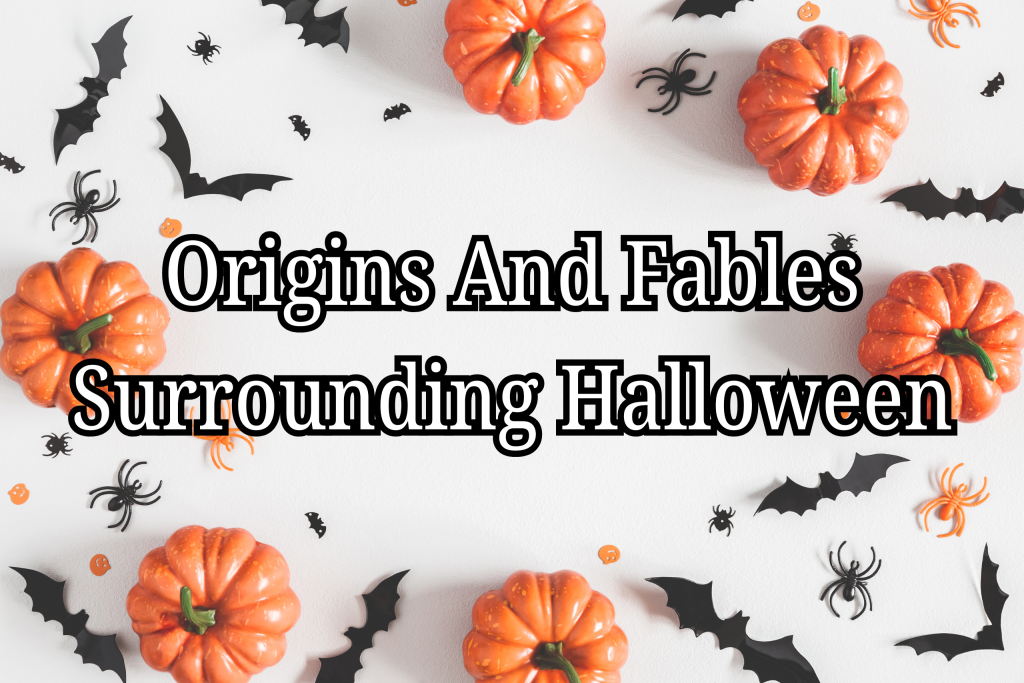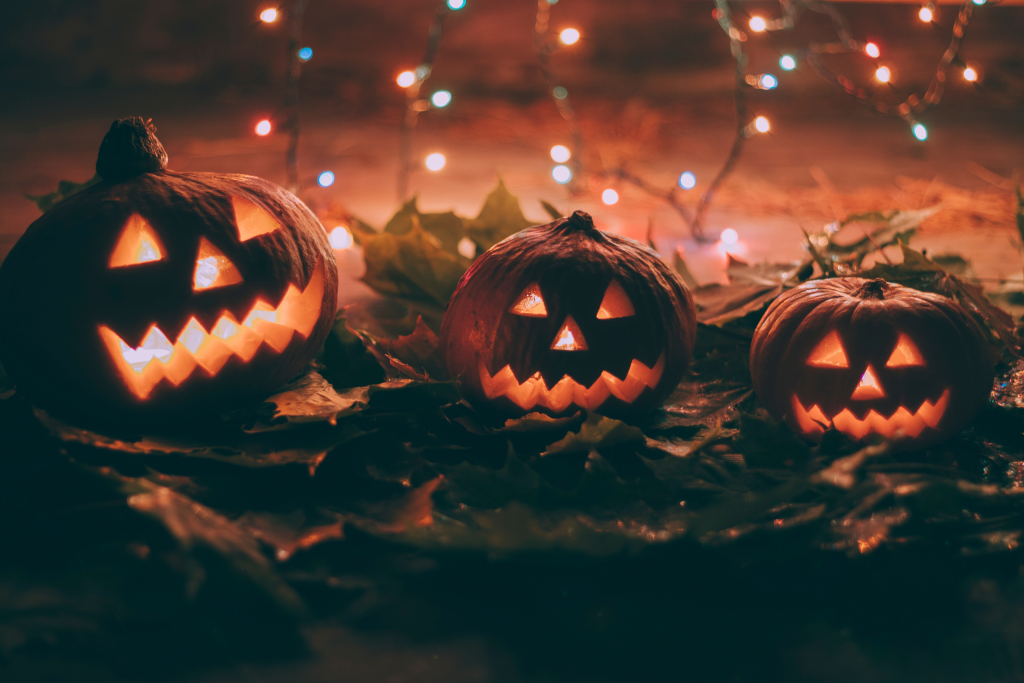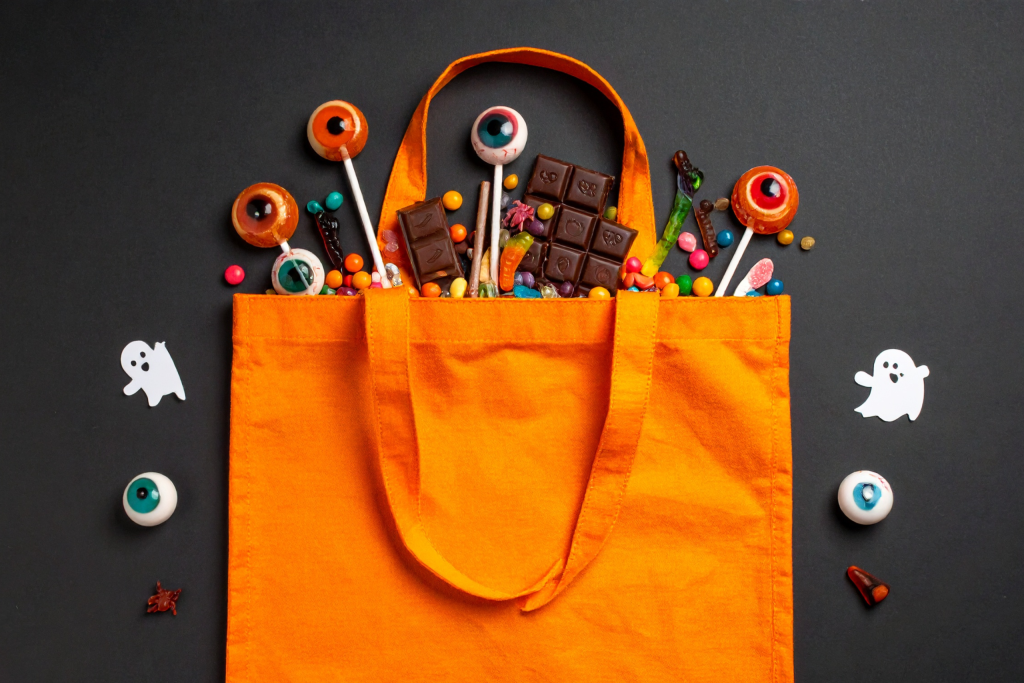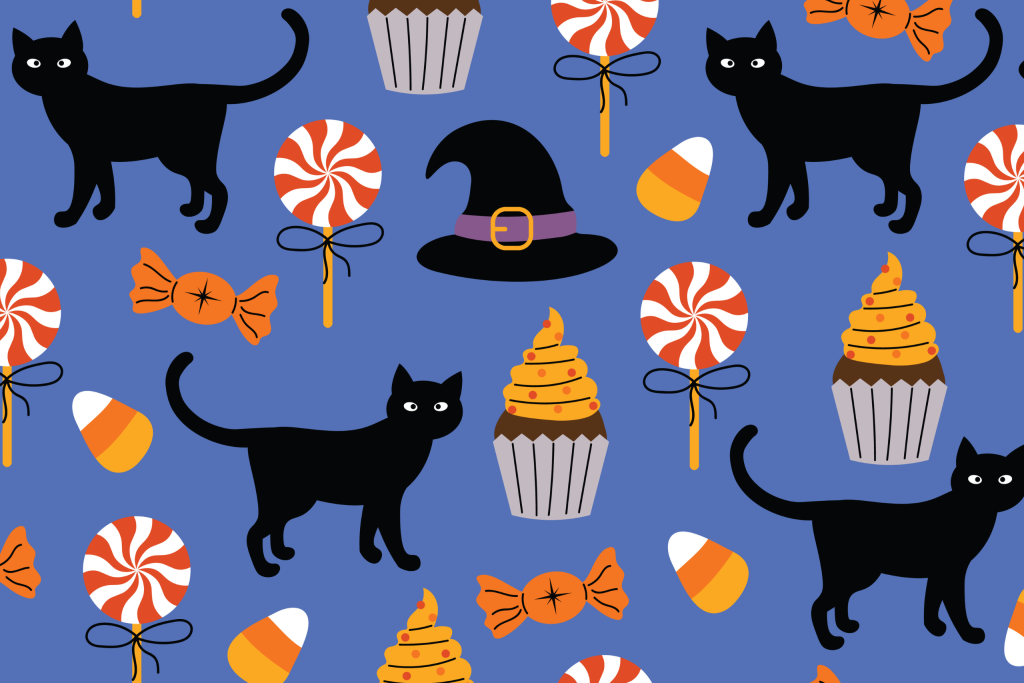Origins and Fables Surrounding Halloween

Halloween, widely recognized today as a celebration involving costumes, themed parties, and horror entertainment, actually has a history stretching back thousands of years. While it is more commonly celebrated in Western countries, its origins are deeply rooted in ancient European customs that revolved around the changing of seasons and beliefs about the spirit world.
The Historical Festival of Samhain

The earliest known precursor to Halloween is the Celtic festival of Samhain (pronounced “sow-in”), which marked the end of the harvest season and the beginning of winter. To the Celts, this time of year symbolised the boundary between life and death — a period when the veil between the living world and the spirit world was believed to be at its thinnest.
During Samhain, people lit large bonfires to honour their ancestors and ward off harmful spirits. They also wore disguises, hoping to confuse or protect themselves from any wandering souls that might appear. These customs reflect the human tendency to associate seasonal transitions — especially from light to darkness — with supernatural activity.
When Christianity later spread across Europe, many of these pagan traditions were adapted into Christian observances. The festival eventually became associated with All Hallows’ Eve, the night before All Saints’ Day, giving rise to the name Halloween.
Legends and Superstitions
Several well-known Halloween symbols and stories can be traced back to old folklore and superstition.

- The Tale of Stingy Jack
One of the most famous legends is that of Stingy Jack, a man who repeatedly tricked the Devil. When he died, he was denied entry into both heaven and hell and was condemned to wander the earth with only a dim light to guide him. This story gave rise to the image of the Jack-o’-Lantern, representing wandering souls. - Black Cats and Witches
In medieval Europe, black cats were often associated with witchcraft and the supernatural. They were believed to be witches’ familiars — spirit companions or helpers. This belief, though unfounded, helped shape the black cat’s enduring link to Halloween. - Trick-or-Treating
The modern custom of trick-or-treating likely evolved from “souling”, a medieval practice in which children and the poor went door to door offering prayers for the dead in exchange for food, particularly small cakes known as soul cakes. Over time, this tradition developed into a more lighthearted exchange involving treats rather than prayers.
🕸️ Halloween in the Modern Context

Today, Halloween has become a global cultural event, though its level of observance varies widely. In Western countries, it is celebrated with elaborate decorations, costume parties, and community trick-or-treating.
In Singapore, Halloween is observed in a more commercial and entertainment-focused way. While it is not traditionally celebrated here, themed events — such as haunted houses, fright nights, and horror-themed dining experiences — have become increasingly popular. Many people take the opportunity to enjoy creative costumes or attend horror movie marathons, reflecting a blend of Western influence and local enthusiasm for festive occasions.
